Researchers from IFST-CAAS Reveals the Molecular Mechanism of Perilla Leaf in Removing Chicken Meat Off-flavor
Recently, researchers from the Chinese Food Processing and Equipment Innovation Team of Institute of Food Science and Technology, Chinese Academy of Agricultural Sciences (IFST-CAAS), systematically elucidated the key role of aromatic active substances such as geraniol, D-limonene, and acetophenone from perilla leaves in the process of removing off-flavors in chicken meat. The research findings were published in Food Chemistry (JCR Q1, IF=8.5). Bi Ke, a PhD student, is the first author, Prof. Zhang Chunhui and Dr. Han Dong are co-corresponding authors. The research was supported by the Xinjiang specialty roasted marinated chicken industrial conversion technology research and development and industrialization demonstration (2023B02033) and Shandong Province Science and Technology SMEs Innovation Capacity Improvement Project (2023TSGC0873).
The study showed that the characteristic aromatic components in perilla leaves not only mask the meat off-flavors but also reduce the adsorption capacity of off-flavor substances (such as hexanal) on proteins by altering the structure of myofibrillar proteins, thereby effectively removing the off-flavors. Particularly, geraniol showed the strongest competitive binding ability against hexanal, displaying the most significant deodorizing effect.
Researchers approached the study from multiple levels including changes in protein secondary structure, intermolecular hydrophobic interactions, and fluorescence quenching mechanisms. They used comprehensive methods like multispectral analysis and molecular dynamics simulations to construct an interaction model between "aromatic molecules, off-flavor molecules, and proteins". Results demonstrated that aromatic active substances could induce protein aggregation, exposing more negative charges on the surface and weakening the binding of off-flavor substances to proteins, thus facilitating the release of off-flavor molecules. Furthermore, molecular dynamics simulations confirmed that geraniol could occupy the same binding site as hexanal, with a higher binding energy, achieving "competitive displacement" of hexanal and realizing a "molecular-level deodorization".
This research not only provides molecular-level scientific evidence for the traditional use of spices in "deodorization and aroma enhancement" but also lays a theoretical foundation for the development of functional Chinese pre-cooked dish seasoning systems. In the future, this mechanism is expected to be widely applied to the off-flavor control and flavor quality optimization of various Chinese meat products, providing theoretical support and practical approaches for the functional decomposition of traditional seasoning systems and the precise development of Chinese flavored food.
Article link: https://doi.org/10.1016/j.foodchem.2025.143938
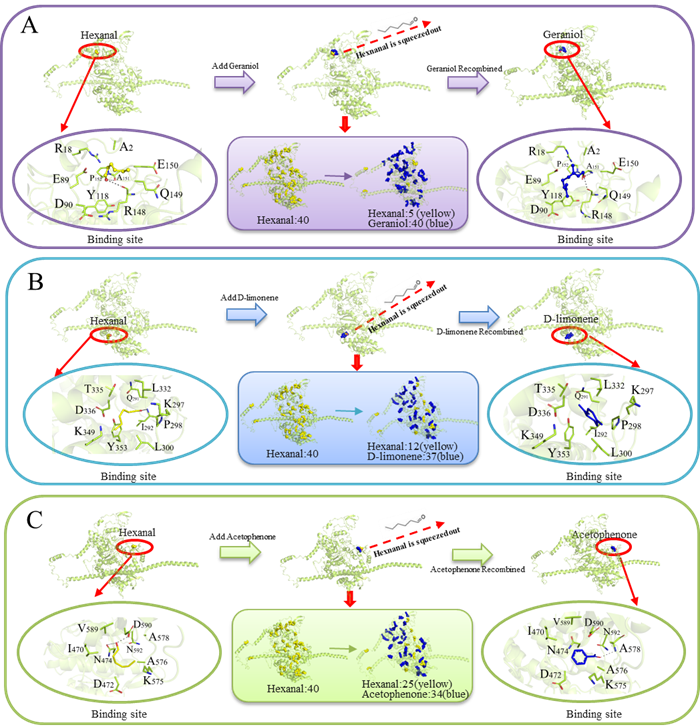
Schematic diagram of the mechanism of aroma-active compounds removing off-flavor
-
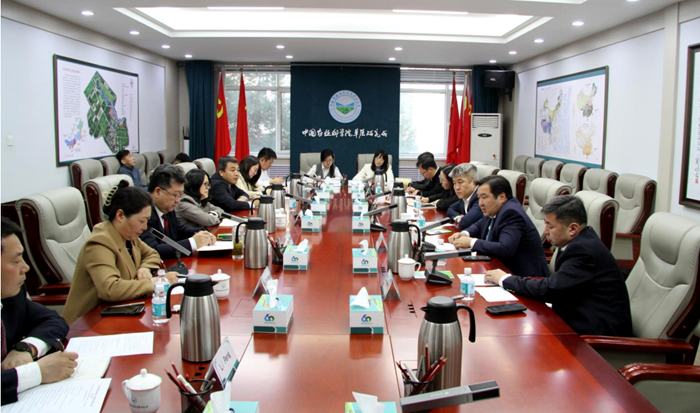 Apr 11, 2025Strengthening China-Mongolia Grassland Cooperation to Build a Cross-Border Green Ecological Barrier
Apr 11, 2025Strengthening China-Mongolia Grassland Cooperation to Build a Cross-Border Green Ecological Barrier -
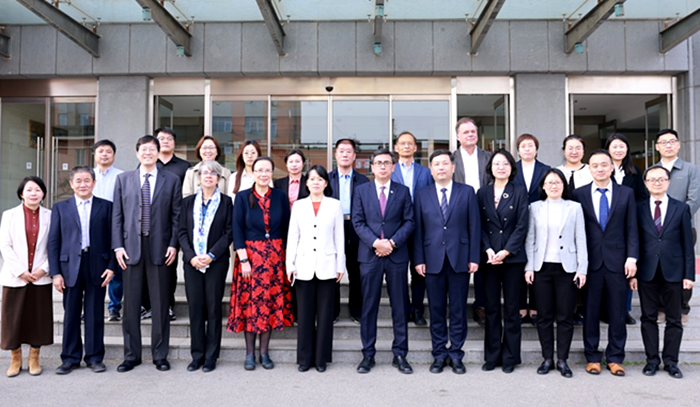 Apr 03, 2025CAAS and CABI Forge a New Chapter in Strategic Cooperation
Apr 03, 2025CAAS and CABI Forge a New Chapter in Strategic Cooperation -
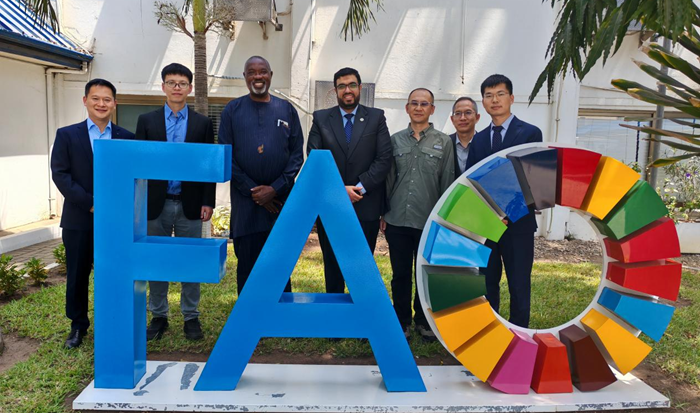 Mar 21, 2025Experts from IPPCAAS Implement FAO-China South-South Cooperation Project to Advance Sustainable Fall Armyworm Management in Ghana
Mar 21, 2025Experts from IPPCAAS Implement FAO-China South-South Cooperation Project to Advance Sustainable Fall Armyworm Management in Ghana -
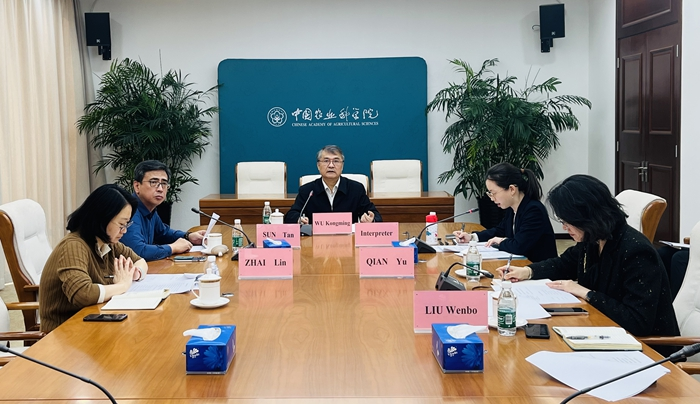 Mar 13, 2025CAAS and CGIAR Deepen Strategic Cooperation
Mar 13, 2025CAAS and CGIAR Deepen Strategic Cooperation -
 Mar 11, 2025Call for Logo Design Proposals for the China-Africa Agricultural Science and Technology Innovation Alliance (CAASTIA)
Mar 11, 2025Call for Logo Design Proposals for the China-Africa Agricultural Science and Technology Innovation Alliance (CAASTIA)
